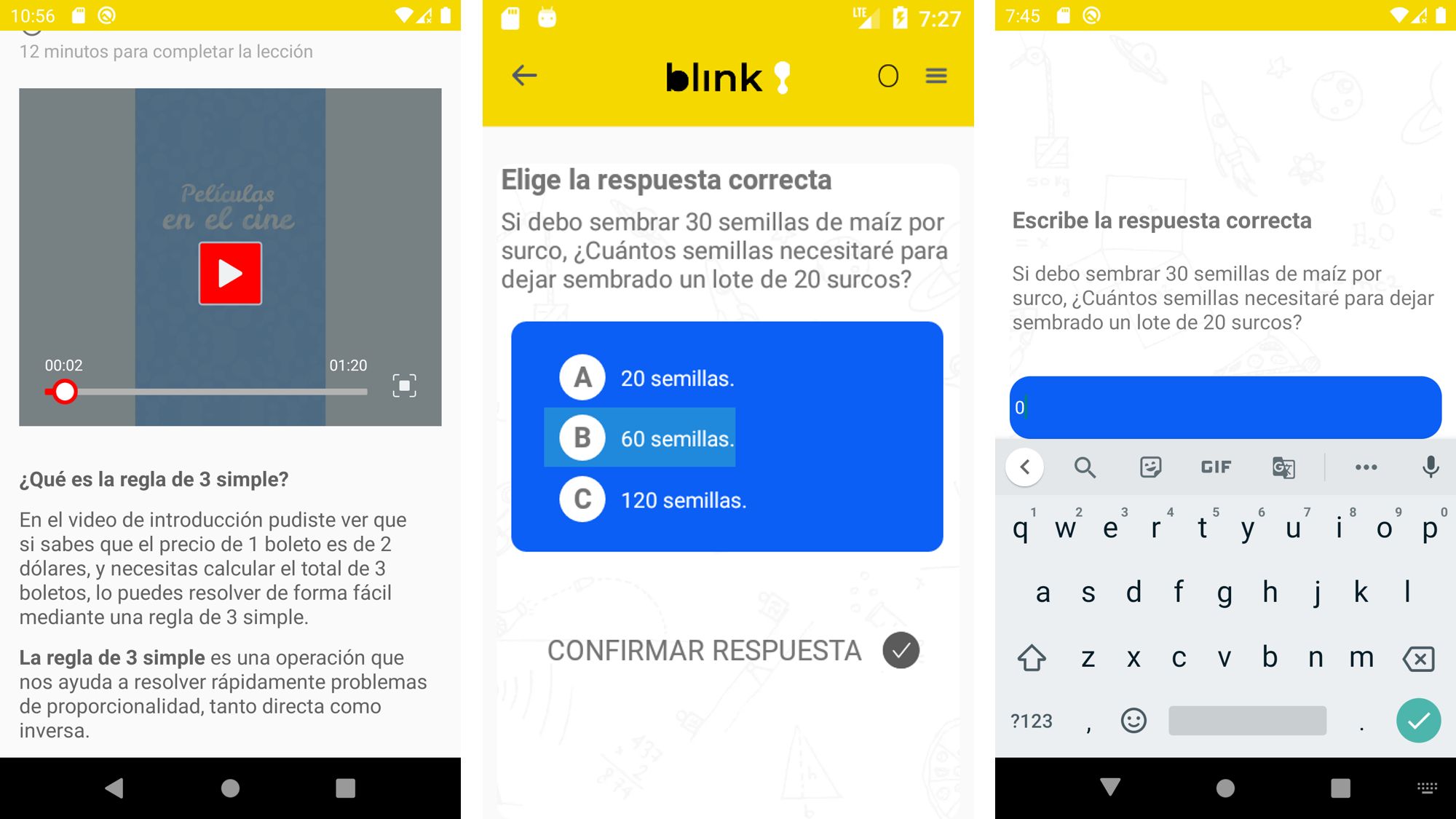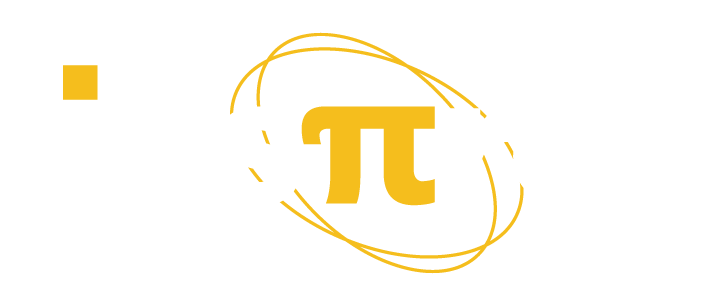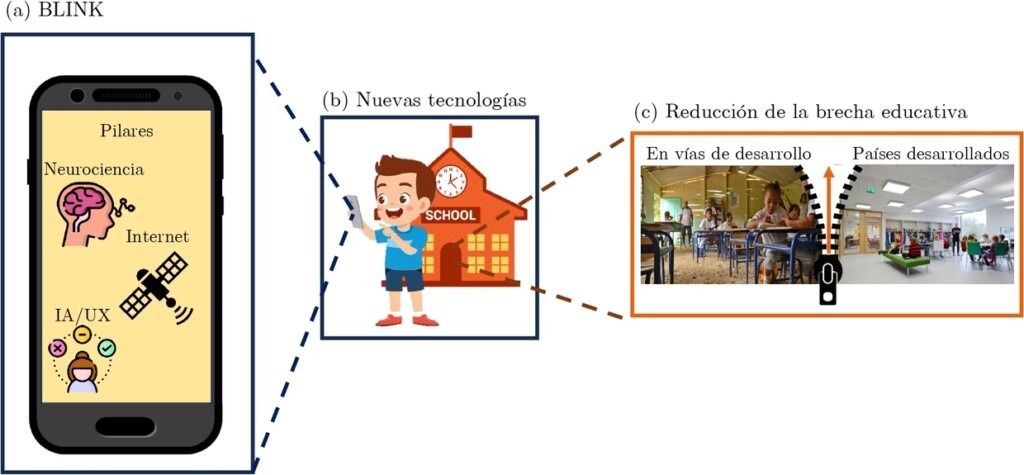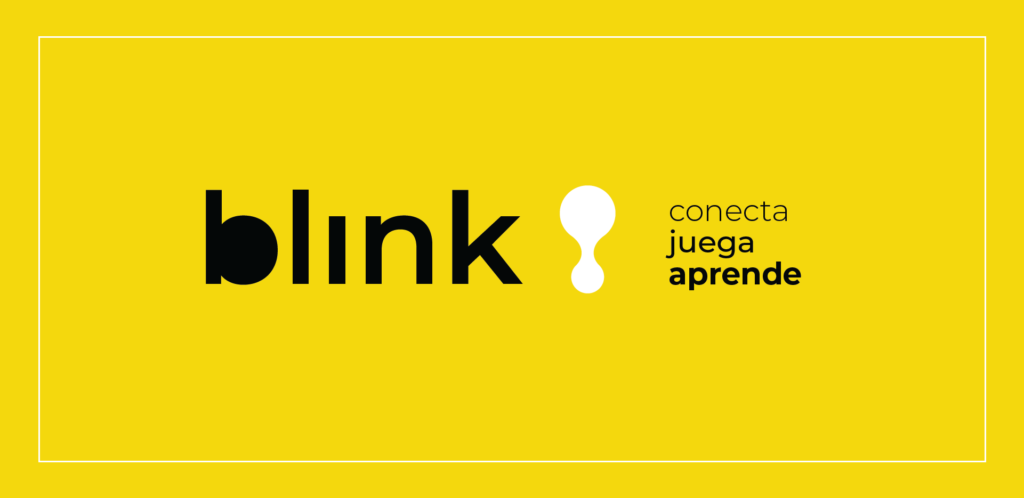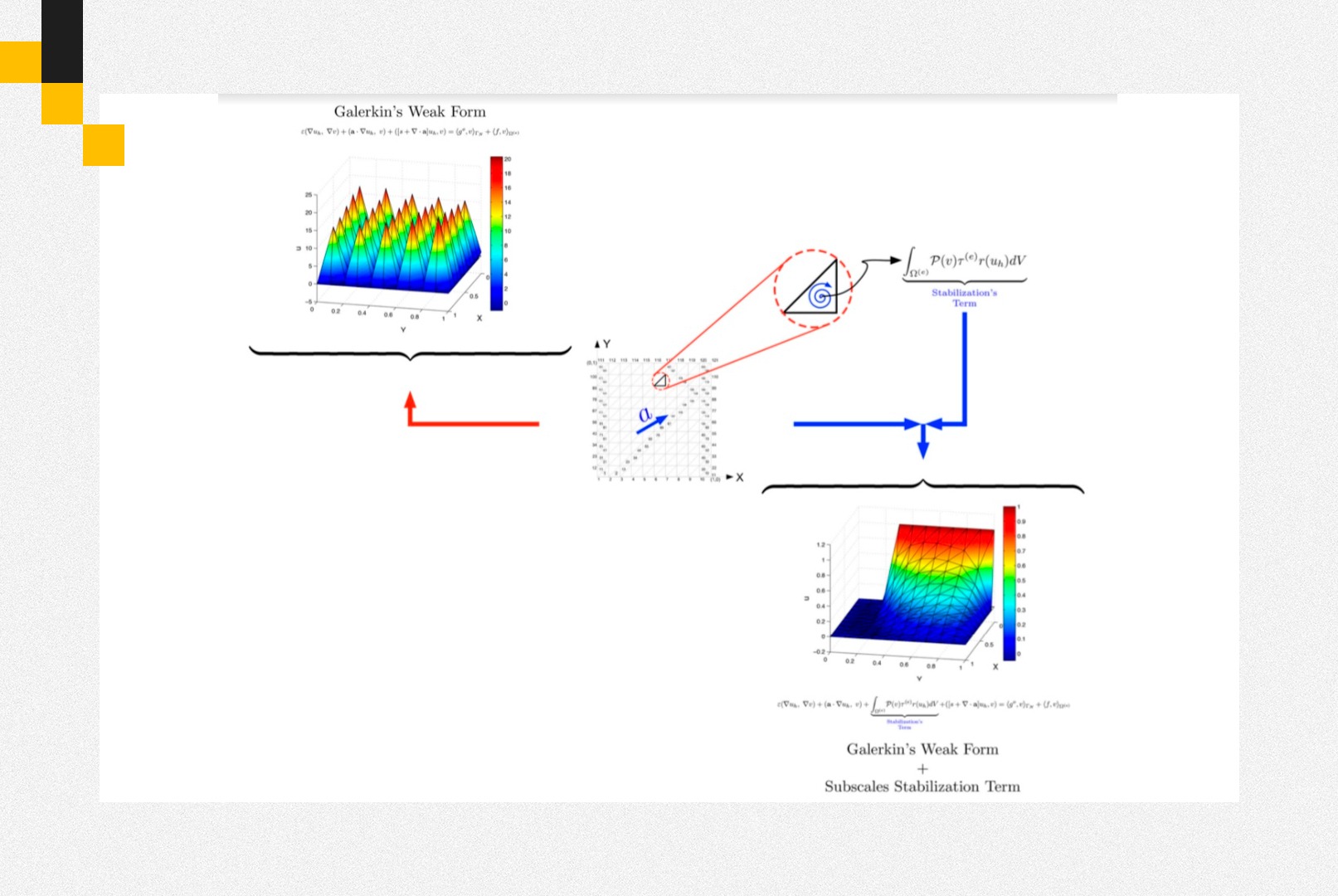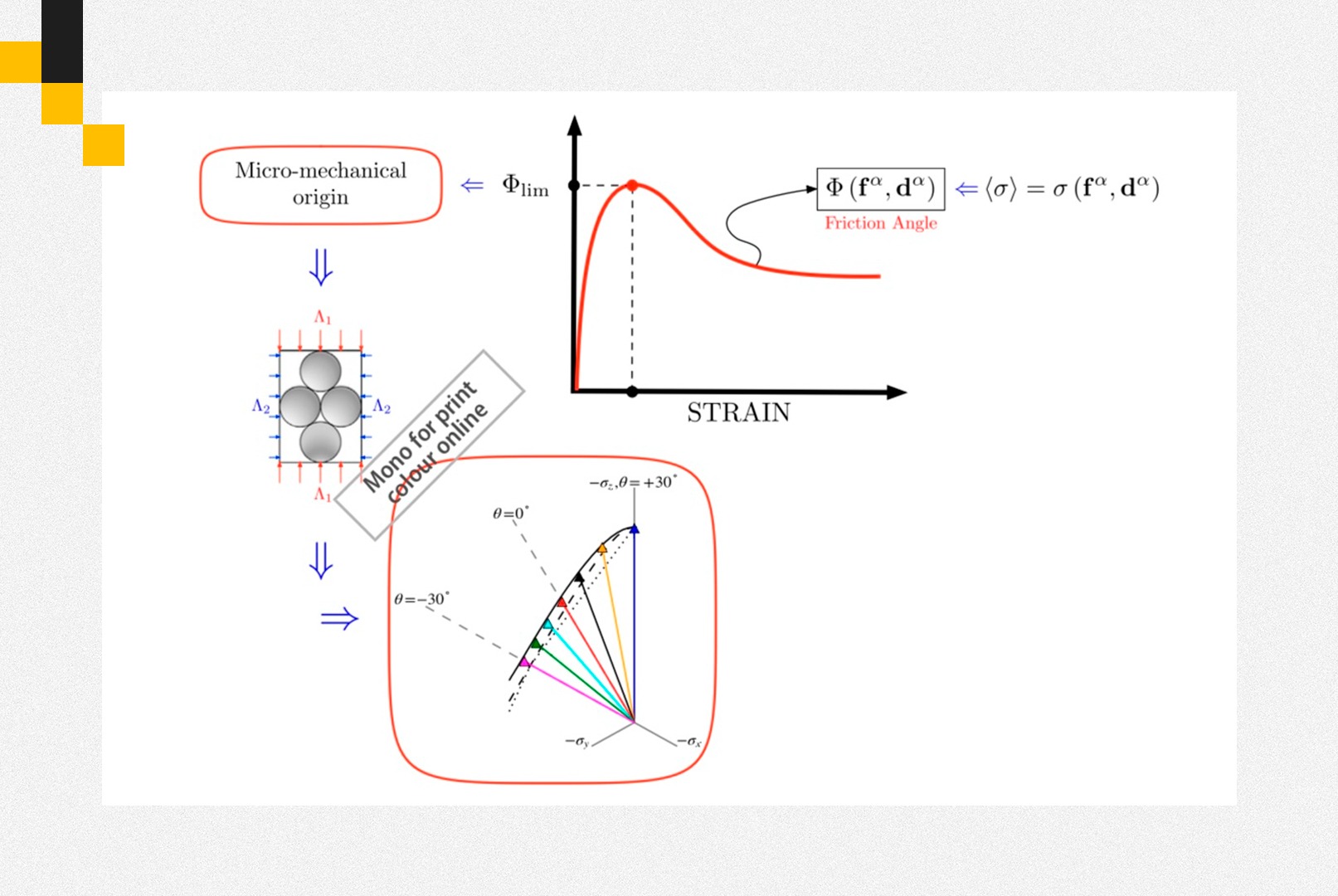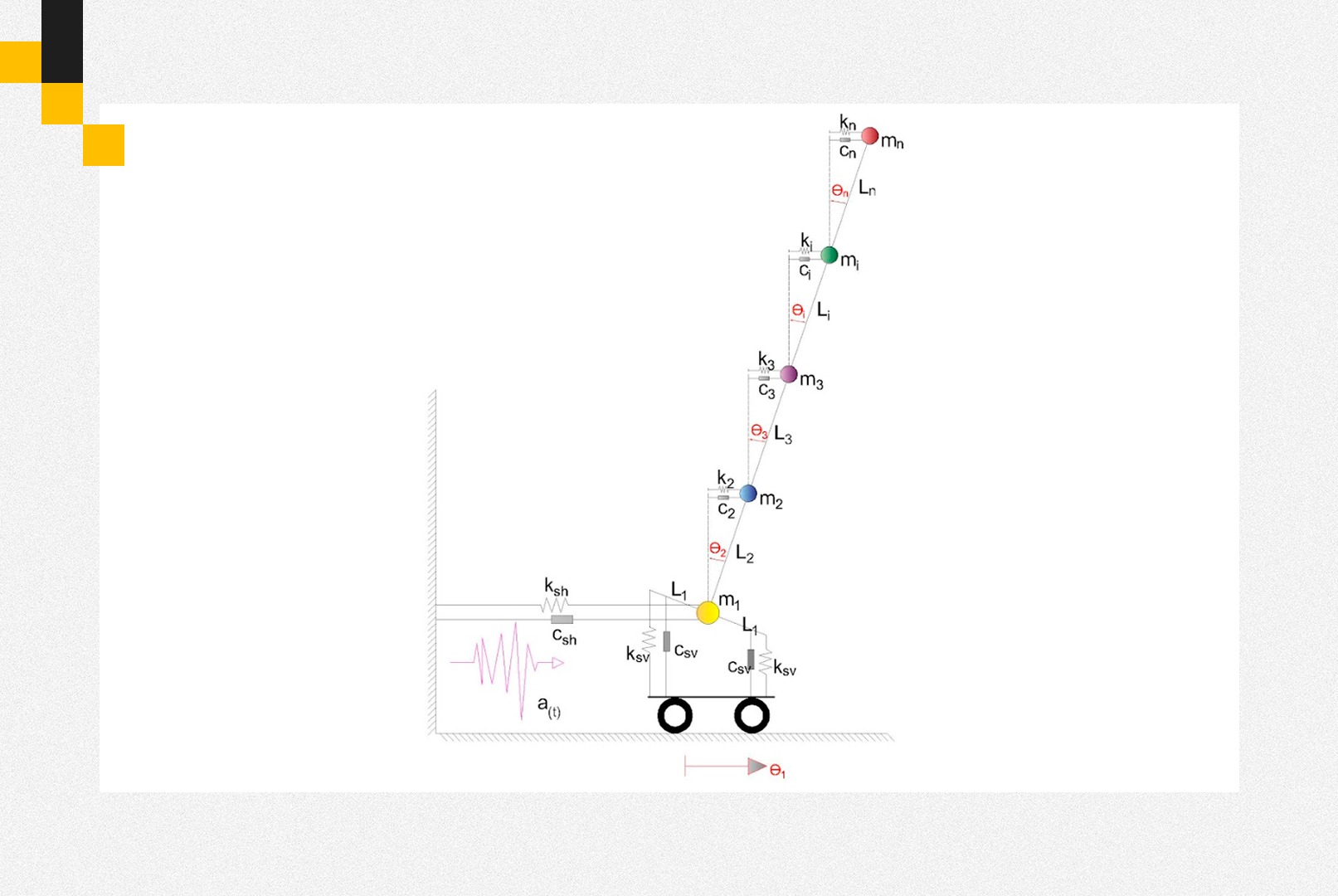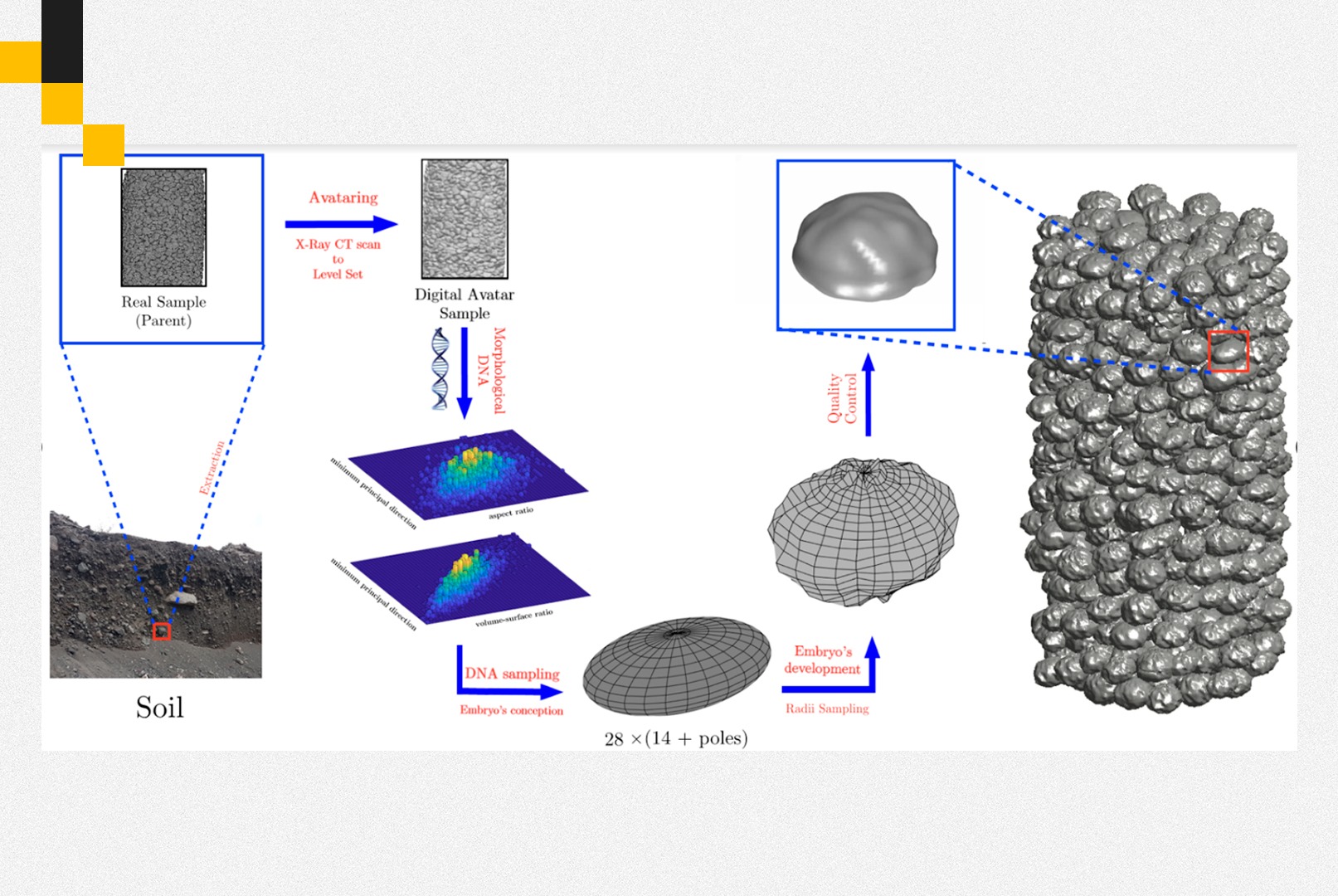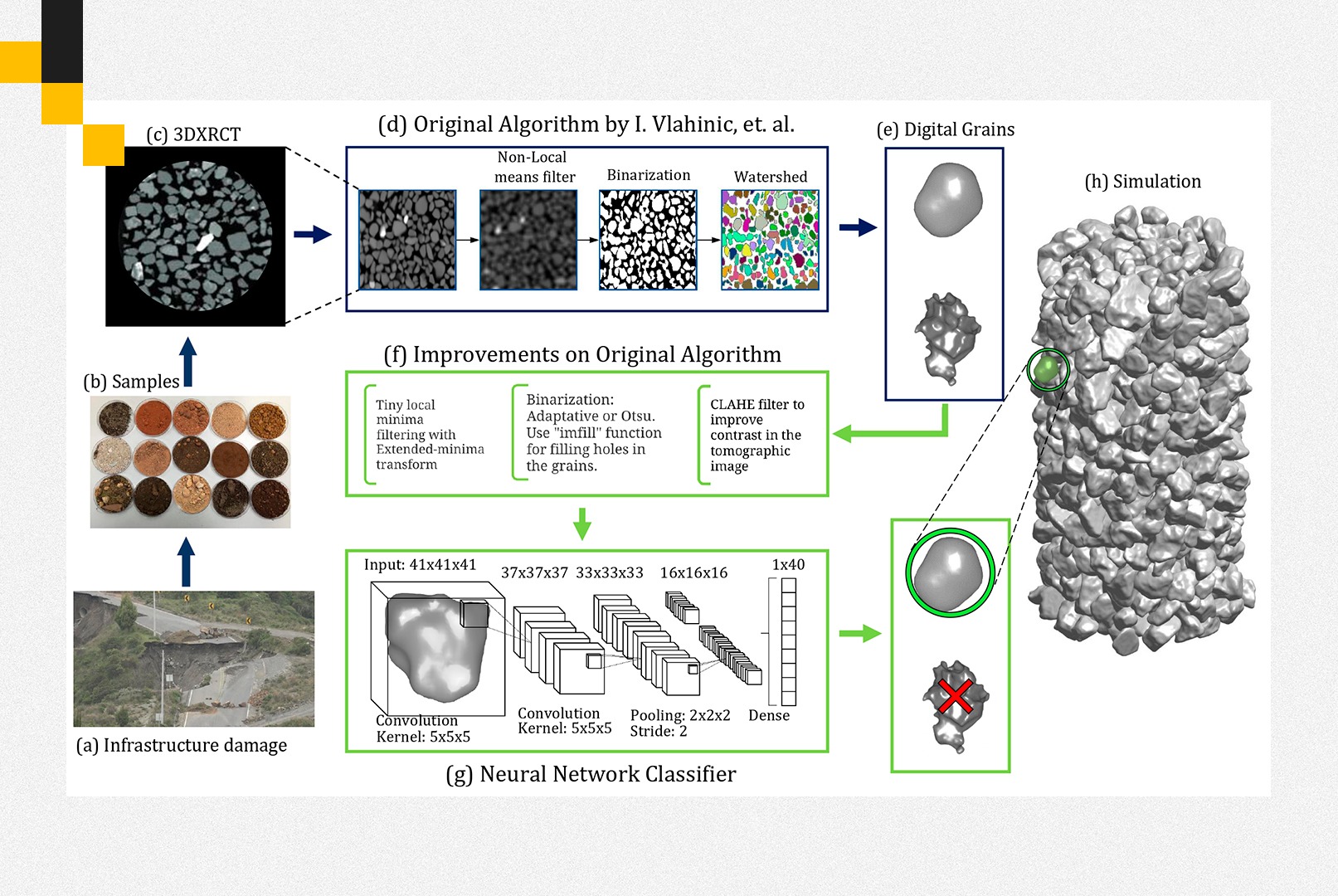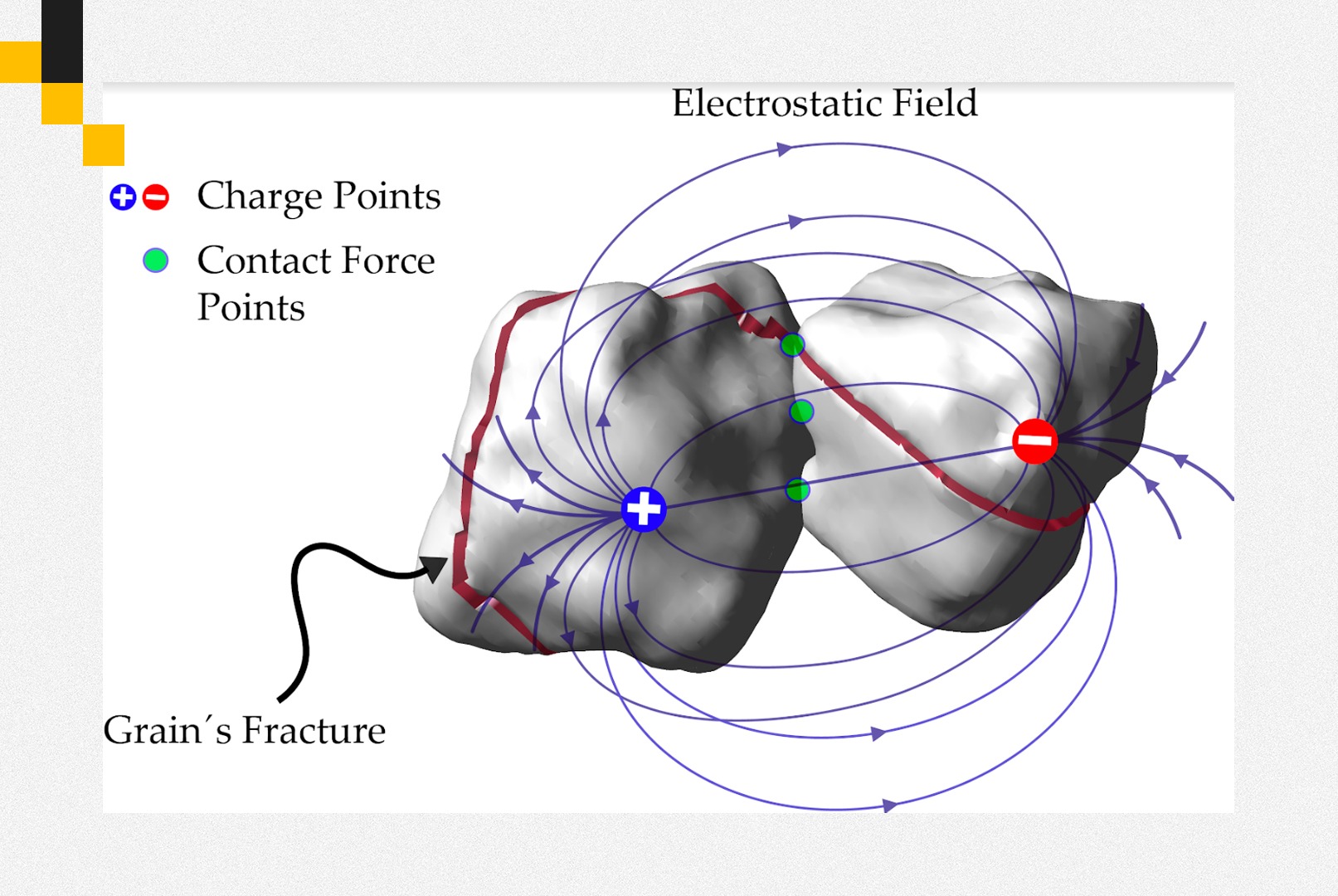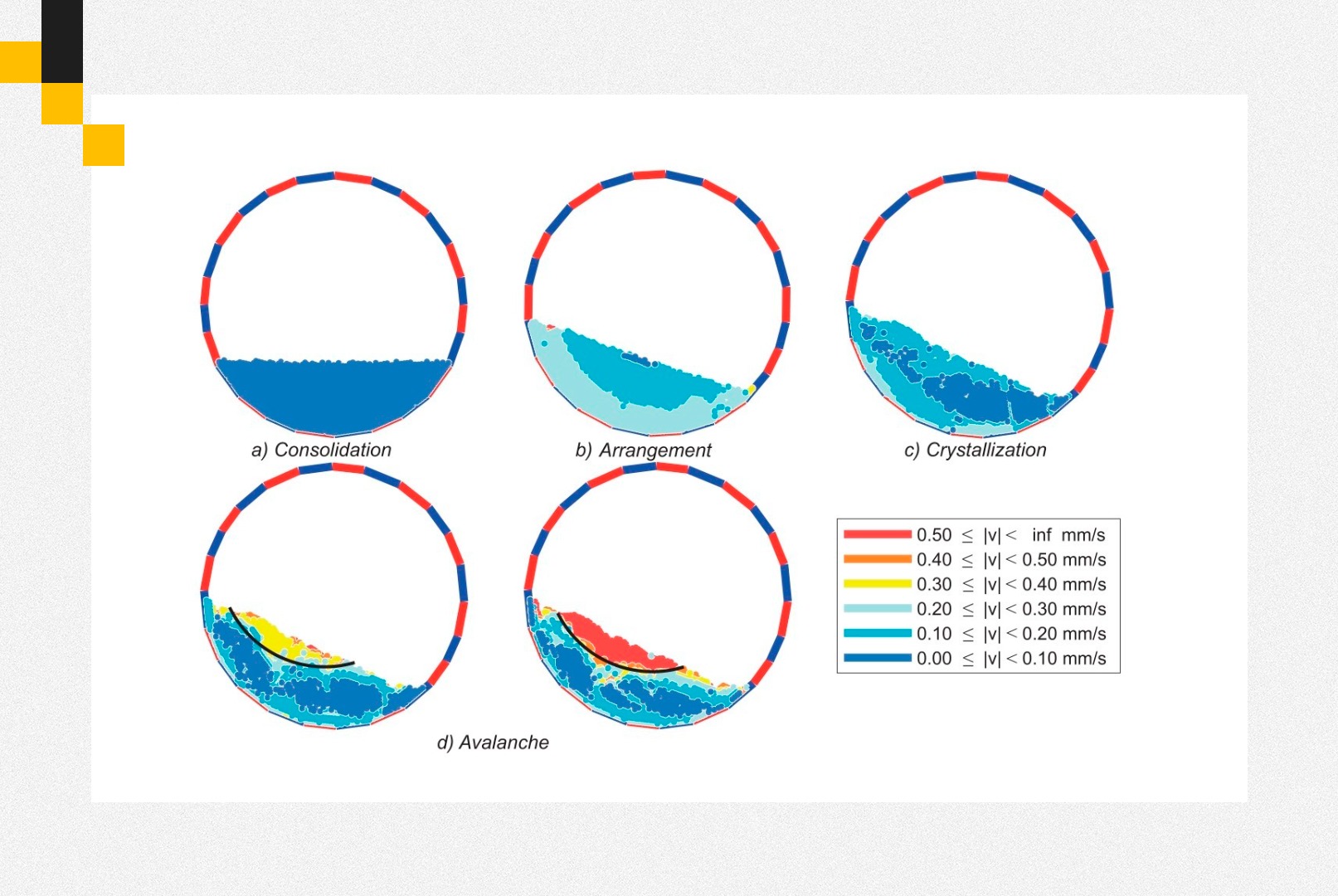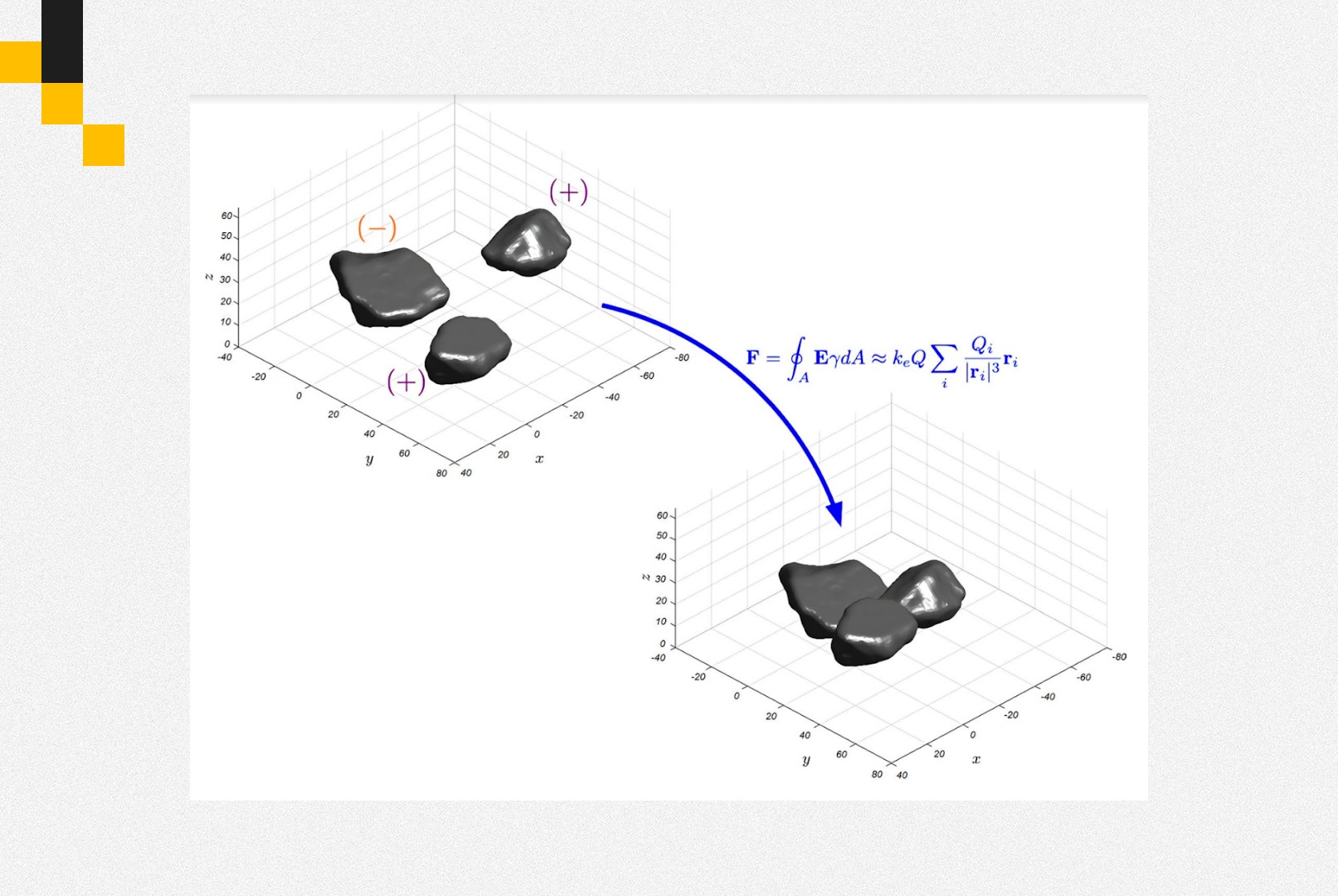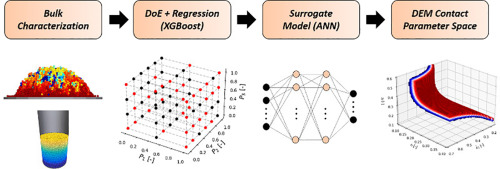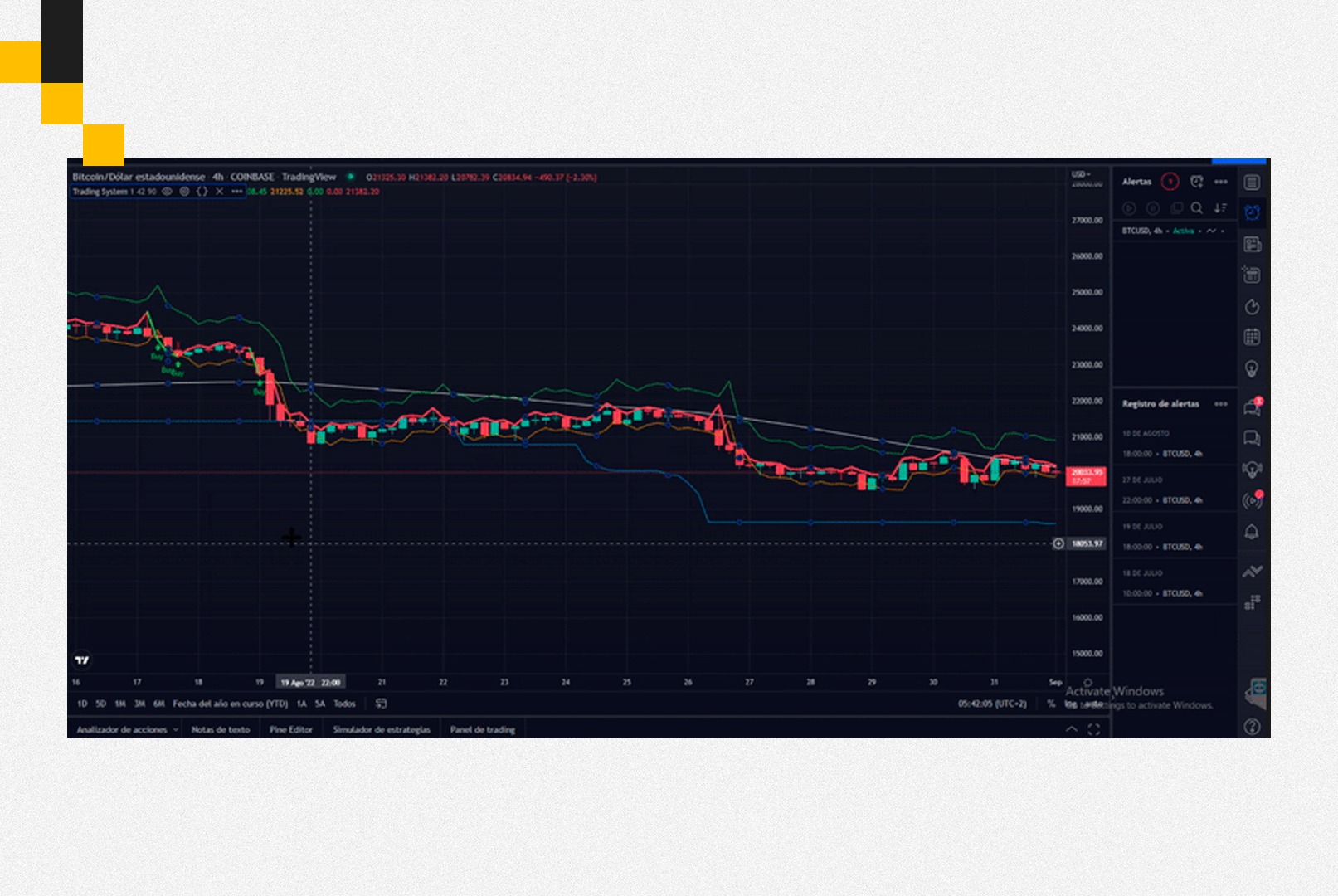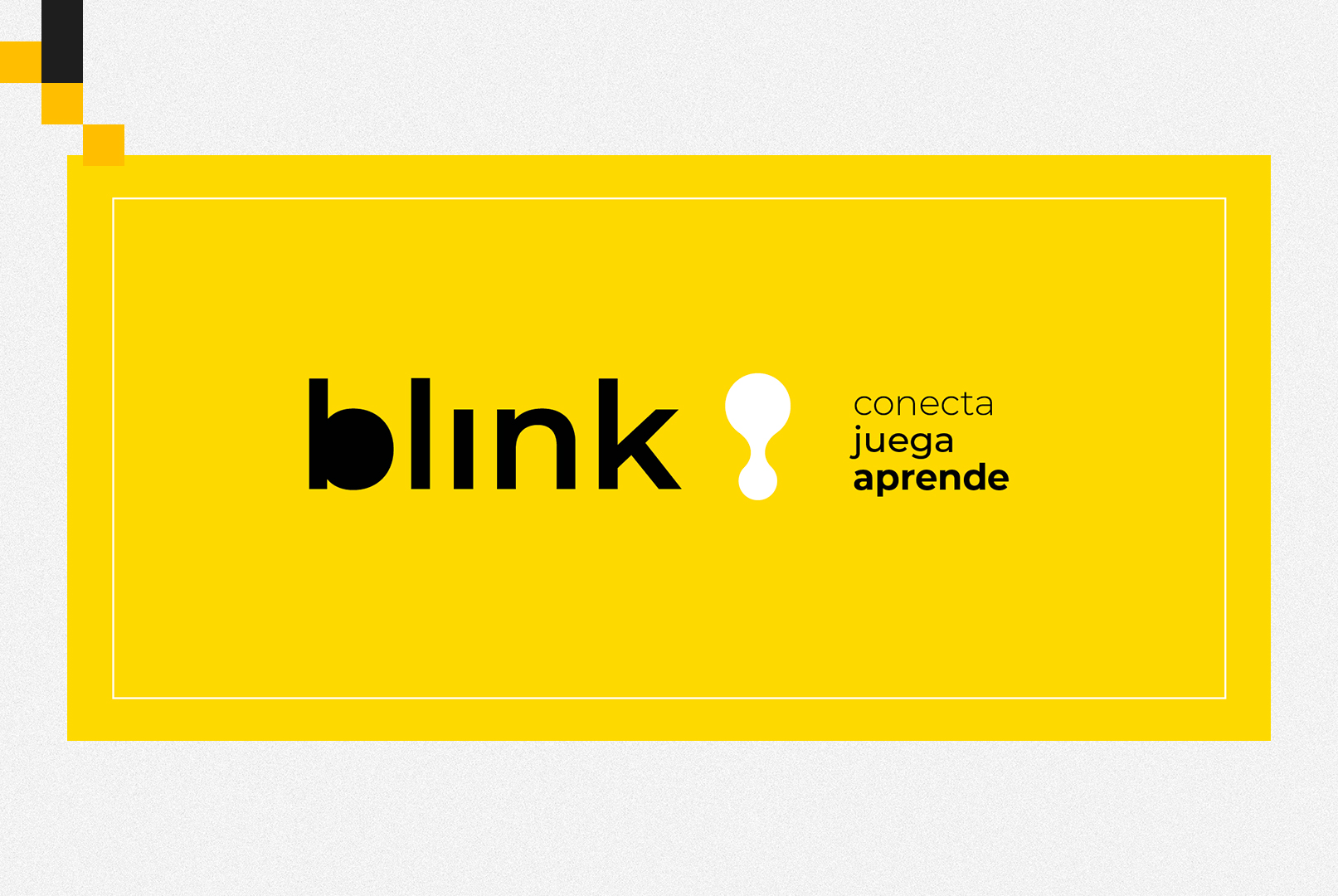
Project description
Problem:
critical events in recent years have shown that the development of virtual education strategies is essential, so that the learning process of students in schools is not affected during emergencies. However, some demographic zones, especially rural and developing countries, have struggled to adapt to these new strategies.
This, due to limitations such as little (or no) access to technology, inadequate facilities, and connectivity problems. Deepening the afore mentioned educational gap between rural and urban zones. Creating even more inequality with respect to the developed world, since developing countries have presented significant issues when trying to acquire and apply new methodologies in their educational systems.
Solution:
we attempt to blend four cutting-edge scientific technological pillars:
i) Artificial intelligence and user experience
ii) Satellite internet
iii) the latest advances in neuroscience, psychometrics, psychology, pedagog
iv) Smart device technology. Hence, developing a new teaching-learning tool through a mobile application with high-quality educational content. A tool that can be used anywhere without depending on proper physical facilities, not only providing a co-tutoring tool for teachers, but also customizing the education process for each student.
Novelty:
the BLINK’s novelty relies on its ability to provide access to new learning methodologies for students. The project not only creates a new tool and knowledge, but also tests new methodologies in a real educational process (classroom), evaluating their effectiveness and, thus, continuously improving them.
In addition, artificial intelligence and user experience seek to customize the content of the application, adapting it to the learning pace of each student, by taking a co-tutor role. Satellite internet enables broadband connection anywhere, being independent of a physical school infrastructure to upload and download data.
BLINK also offers an offline mode that allows students to use the app anywhere in case of not having an internet connection. The content, design of the app, and methodologies include the latest neurological and psycho-pedagogical developments applied to teaching and learning, inspired by the twelve rules of the brain described by John Medina. Including exercise, sleep, stress, wiring, attention, memory, sensory integration, vision, music, gender, and exploration.
What are we looking for?
a network of actors that actively collaborate with the development of the project in different aspects: funding, multimedia design and content development of the app by experts in pedagogy (initially in the subject of mathematics for seventh grade), mobile device donation, connections with educational institutions, and logistics. In addition, we look for agreements with companies that offer cloud storage, processing power, and satellite internet.
